Madeira to The Canaries, 265 nm
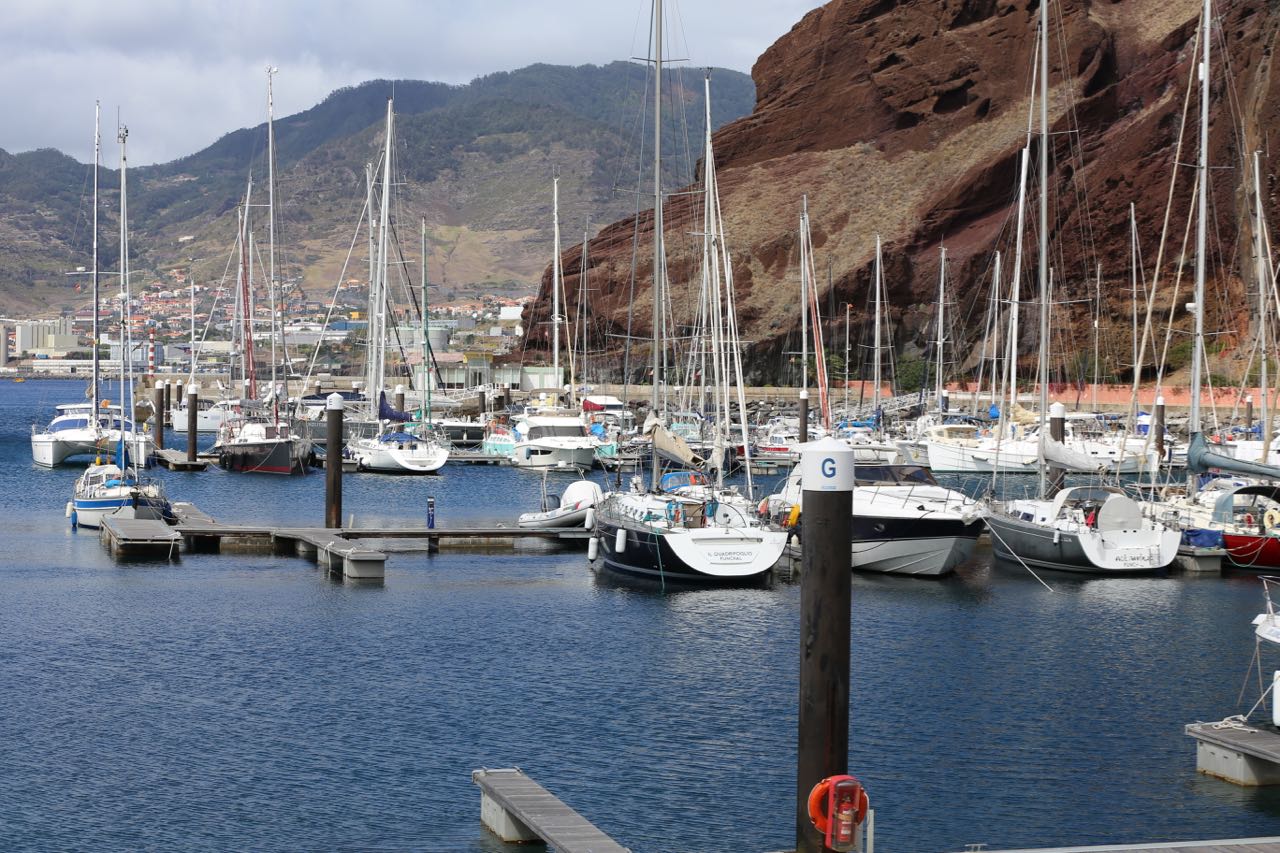 We arrived into Madeira in the pitch dark evening, after we had been racing to get their before darkness. It was not due to bad planning, that we arrived in the dark, but because we averaged 8.2 knot across from Gibraltar, instead of our planning speed of 6.5 knots. So after a reasonable tough crossing, the choice was to either spend another night at sea slowing down the boat to arrive in the morning or race and go in? We studied the maps very carefully and it was a relatively easy entrance into the marina – so we decided to give it a try with a nearby anchorage, as back up.
We arrived into Madeira in the pitch dark evening, after we had been racing to get their before darkness. It was not due to bad planning, that we arrived in the dark, but because we averaged 8.2 knot across from Gibraltar, instead of our planning speed of 6.5 knots. So after a reasonable tough crossing, the choice was to either spend another night at sea slowing down the boat to arrive in the morning or race and go in? We studied the maps very carefully and it was a relatively easy entrance into the marina – so we decided to give it a try with a nearby anchorage, as back up.
As you have guessed our entrance went well and the champagne was popped, just before we slept 12 hours.

For Marie the visit to Madeira had been on the agenda for a long time, so after the usual maintenance we rented a car and headed out to explore the island. It is a great place for hiking, a very flush and beautiful island, with a diverse nature. One day we walked in the volcanic center and the next day it was like hiking in a tropical jungle.
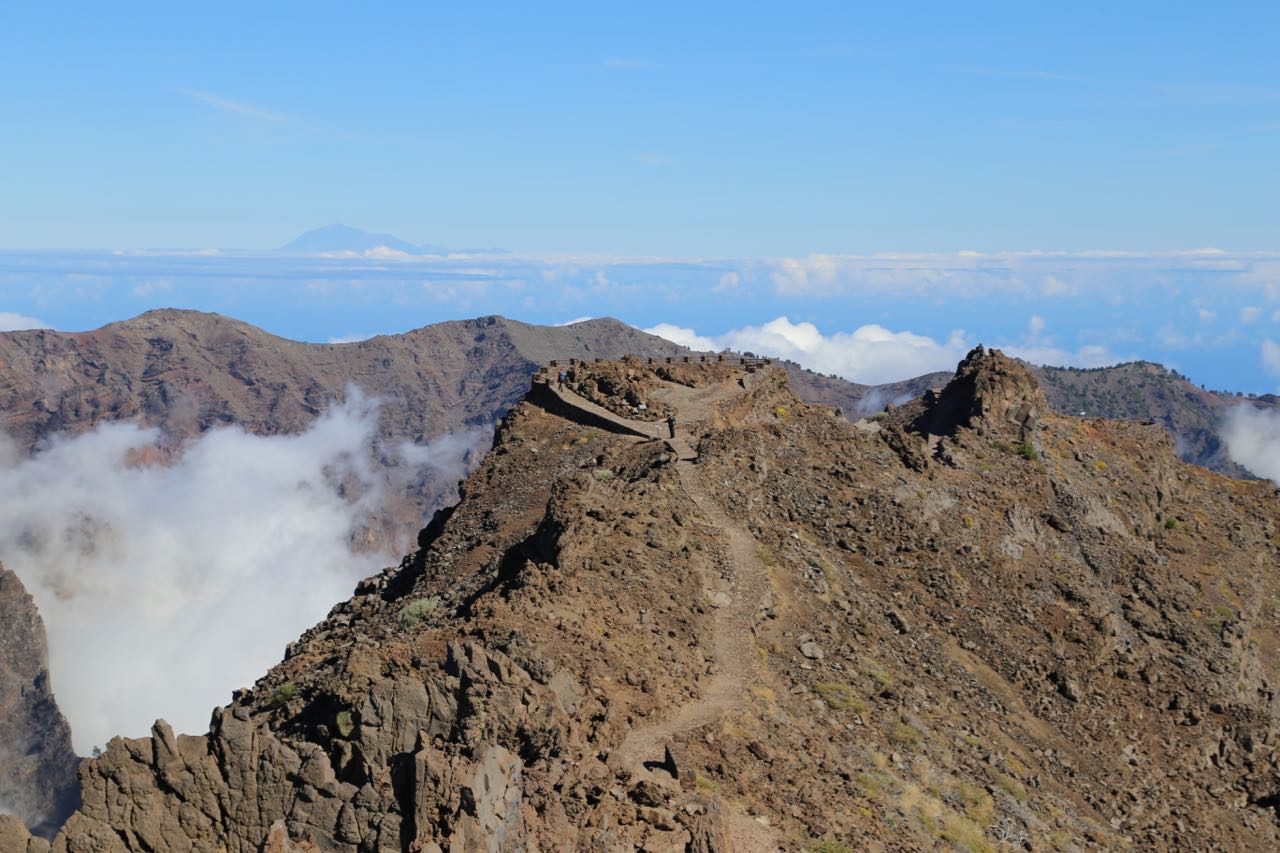

We were lucky to be invited to the fishermen’s celebration of Virgin Mary, where the village feasted for two days and at the culmination of this big party the fishing fleet sailed out to a small mountain where they went ashore and carried a statue of virgin Marie to the top of the mountain. These people live closed to the sea and their religion!
We did some beautiful hikes, we visited the capital Funchal, which really is an old Spanish settlement from the middle of the fifteen-hundred. We walked in the beautiful gardens saw the Catheral, the Castle and experienced our first island away from home!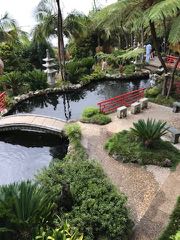
We did enjoy Madeira, but it is probably best to visit during the spring, with the flowers in full bloom, but on the other hand it was never very crowded.
Our designated Marina, Quinta dos Lorde is a great marina. It is a very personal place, as it belongs to a hotel resort where you are treated as a guest of the resort. It is smallish, but they still have room for bigger boats. The resort can arrange car hire, tours, shopping and more, as part of their services.
The week before we arrived into the marina it was haunted by big swells, but when we stayed their it was very calm. It is although a learning that as soon as we arrived to these mid atlantic island, everybody are more focused on the mooring lines and their flexibility than we have needed before, because it quickly gets rough, also in the harbours. Before we left we had to visit Henriques and Henriques a famous Madeira producer where you can be educated.

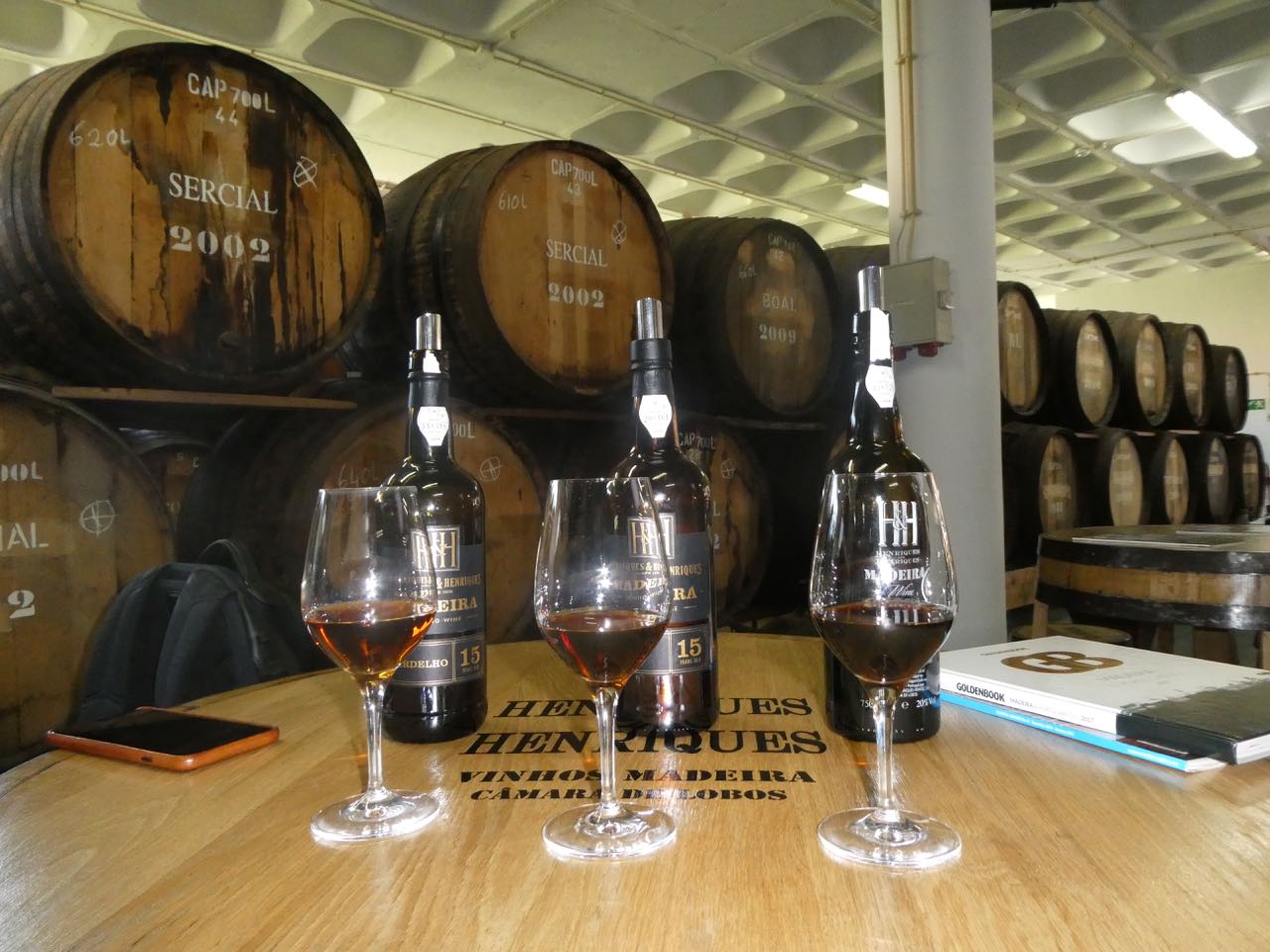
Thursday morning we departed, to sail the 265 nm to La Palma, the most westerly of the Canary Island.
Sometimes the weather throws you a curveball and sometimes it is just perfect and this sail was just that – 8-9 knots with a 15 kn beam reach with 2-3 meter waves and we were flying – arriving friday late afternoon. I wish it was always that great! The wind were warm and smooth taking care of us and even the dolphins were out to play with us. But we are following in experienced sailors wake, as you can see Nordkaperen were there before us…
We had decided for the most easterly marina, Santa Cruz de La Palma, where they had reserved a berth in a very empty marina and in the far end of a cruise ship pontoon. It is a good Marina, it is rather new and well maintained and I believe they are building a gate to the marina, hoping this will control the swells a little better, than when we visited. We had a small blow from NE and the marina became quickly windy and uncomfortable.
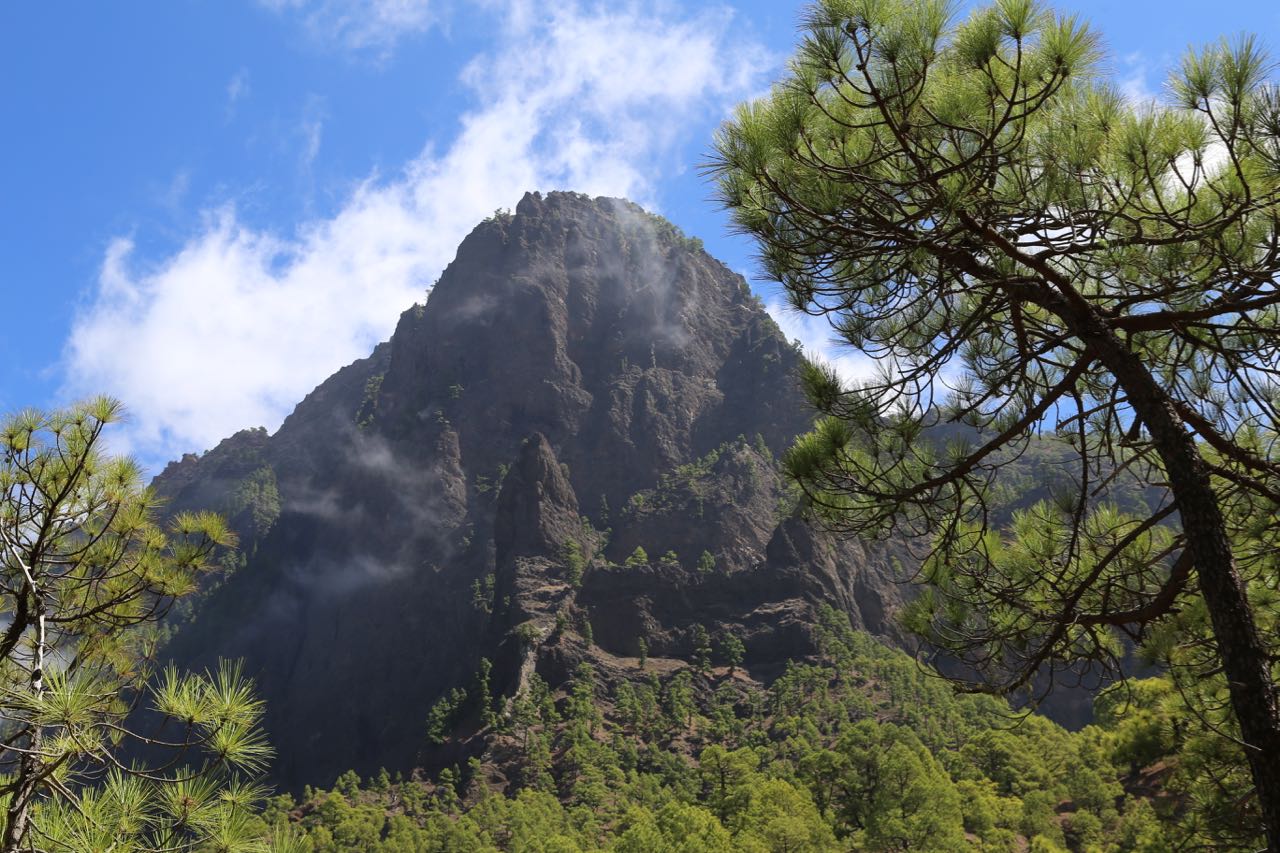
But the island is fantastic – the volcanos and the tropical rainforest is undisturbed and it is a must to experience, before the island is discovered. Both the center of the island where we hiked and the southern part of the island where you can see a volcano which were active as late as 1971, was magnificent. For us La Palma over shadow Madeira, and we enjoyed our stay in this small unspoiled paradis.
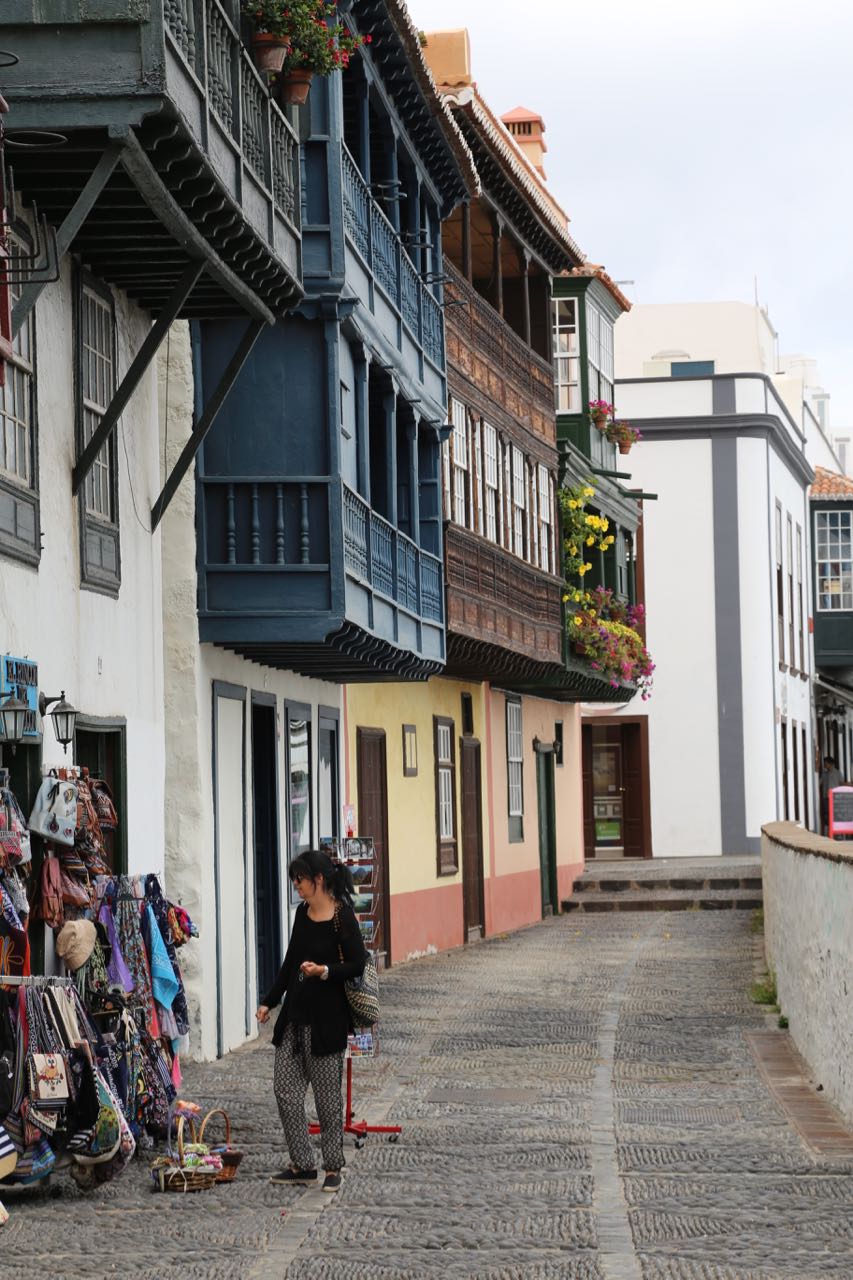

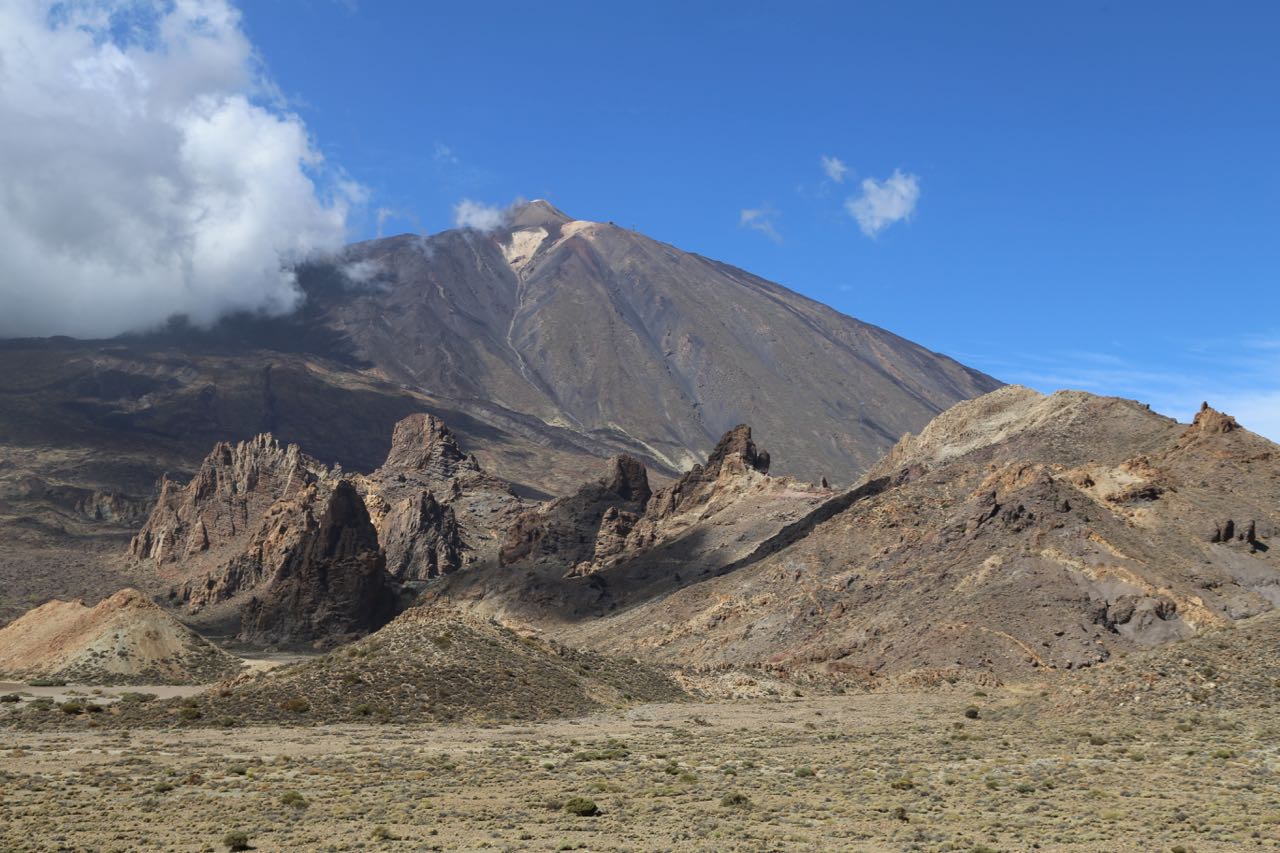
Next stop was the highly recommended La Gomera, where we had planned to spend a short week, before departing for Gran Canary and Las Palmas, from where the ARC+ starts. Unfortunately a spell of wind from the wrong direction spoiled our plans, and we sailed to Santa Cruz de Tenerife. As one of our friends recently wrote, all sailing plans should be written with a pencil – this is indeed through and one of many reasons why this life is fantastic.
Teneriefe was a great positive surprise. Visiting an island in the middle of the ocean with a nearly 3000

meter high volcano, is speciel. We drove up into the natural reservation area and tried to climb to the top, but unfortunately with no luck as this was only for people with pre booked tickets. Instead we drove and hiked the park and had a fantastic day, experiencing what a volcano can do the nature.
At the end of the day our rented car gave up and we were suddenly stranded in the middle of nowhere with no cell phone coverage. Fortunately there were nice people passing by and in a couple of ours the cars had been replaced.
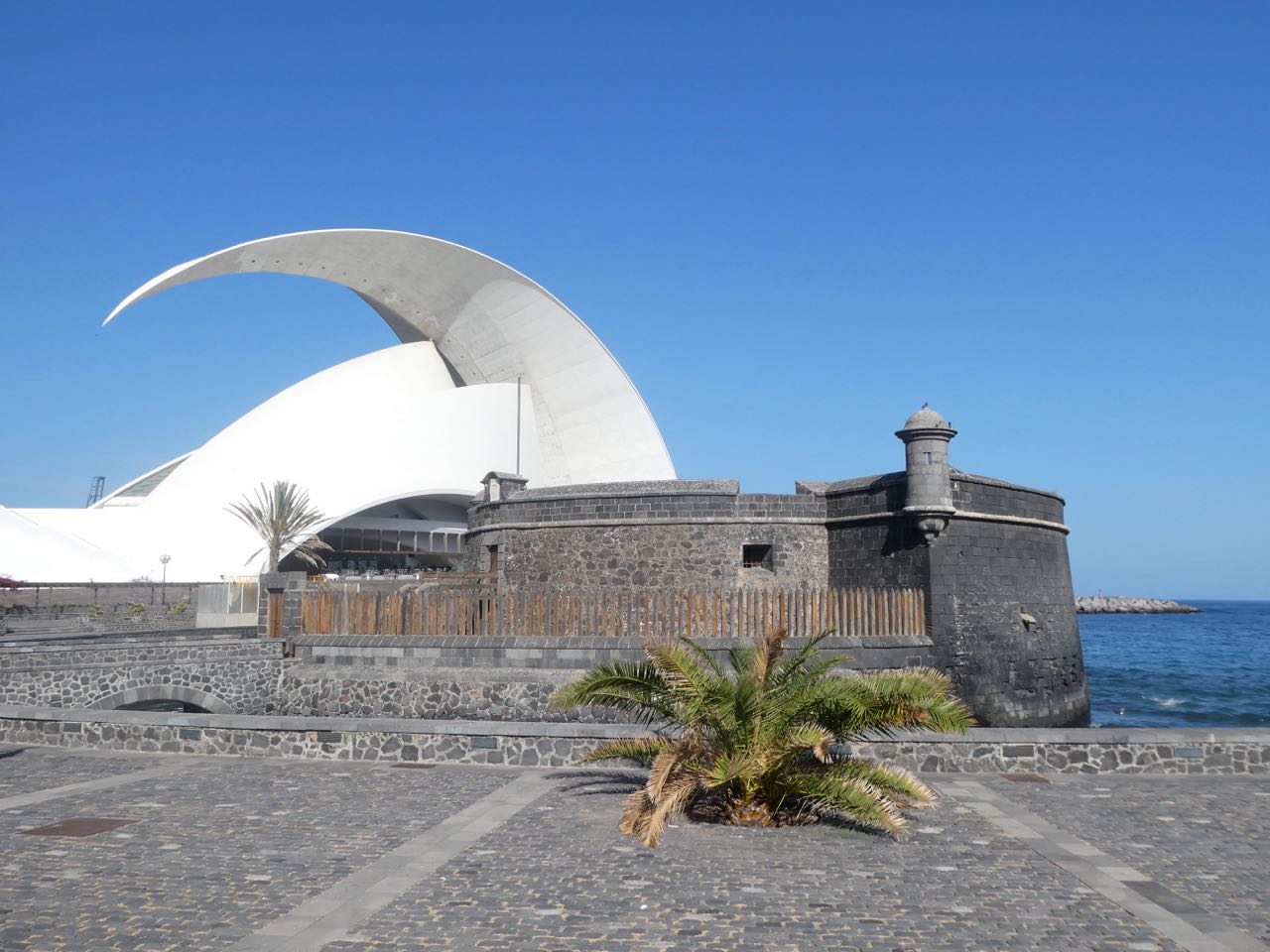
We also visited the new opera house which has a lot in common with the sydney opera house and the fortress built by Lord Nelson. Yes, he was also here, but somewhat earlier than us.
Next stop Gran Canaria and four weeks of preparations for the ARC+.


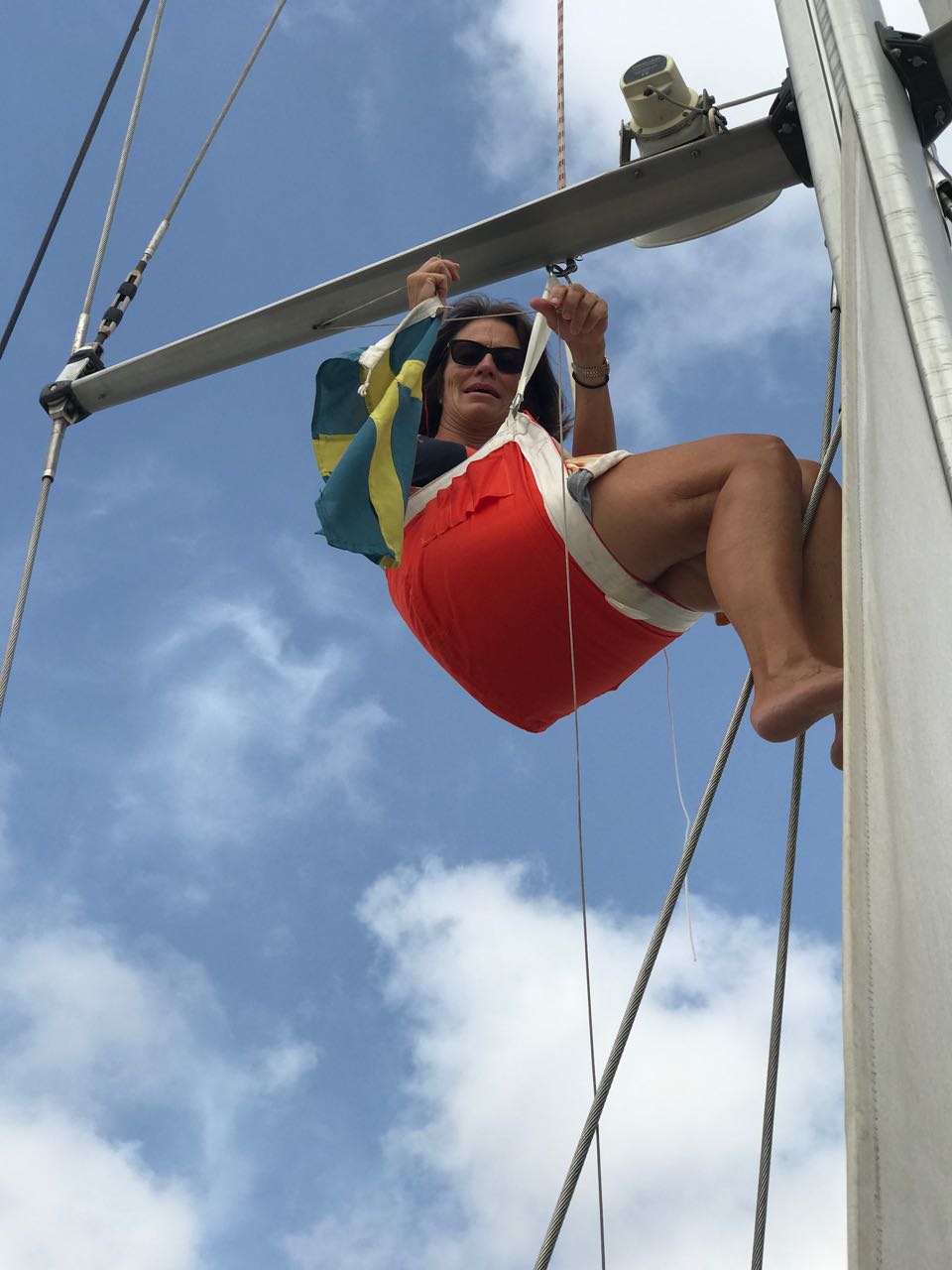

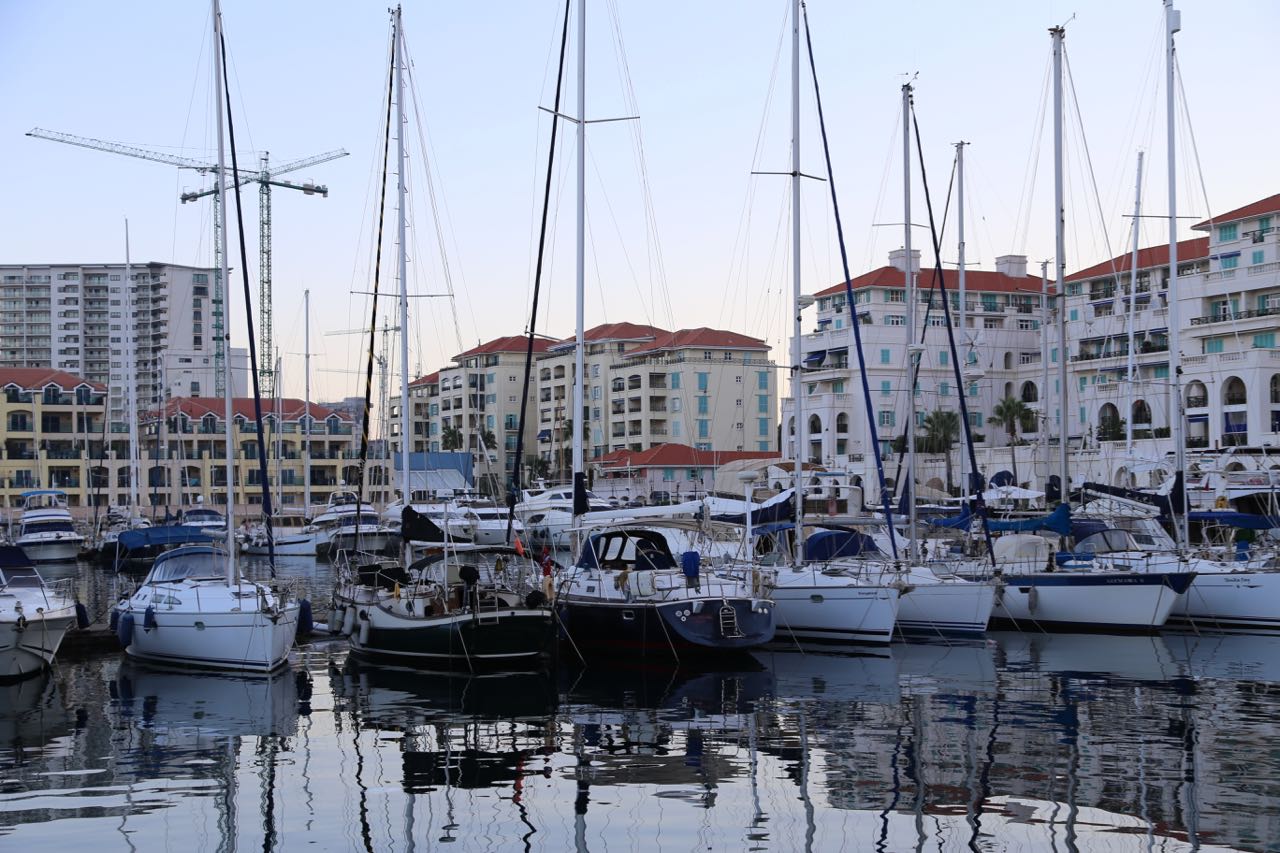
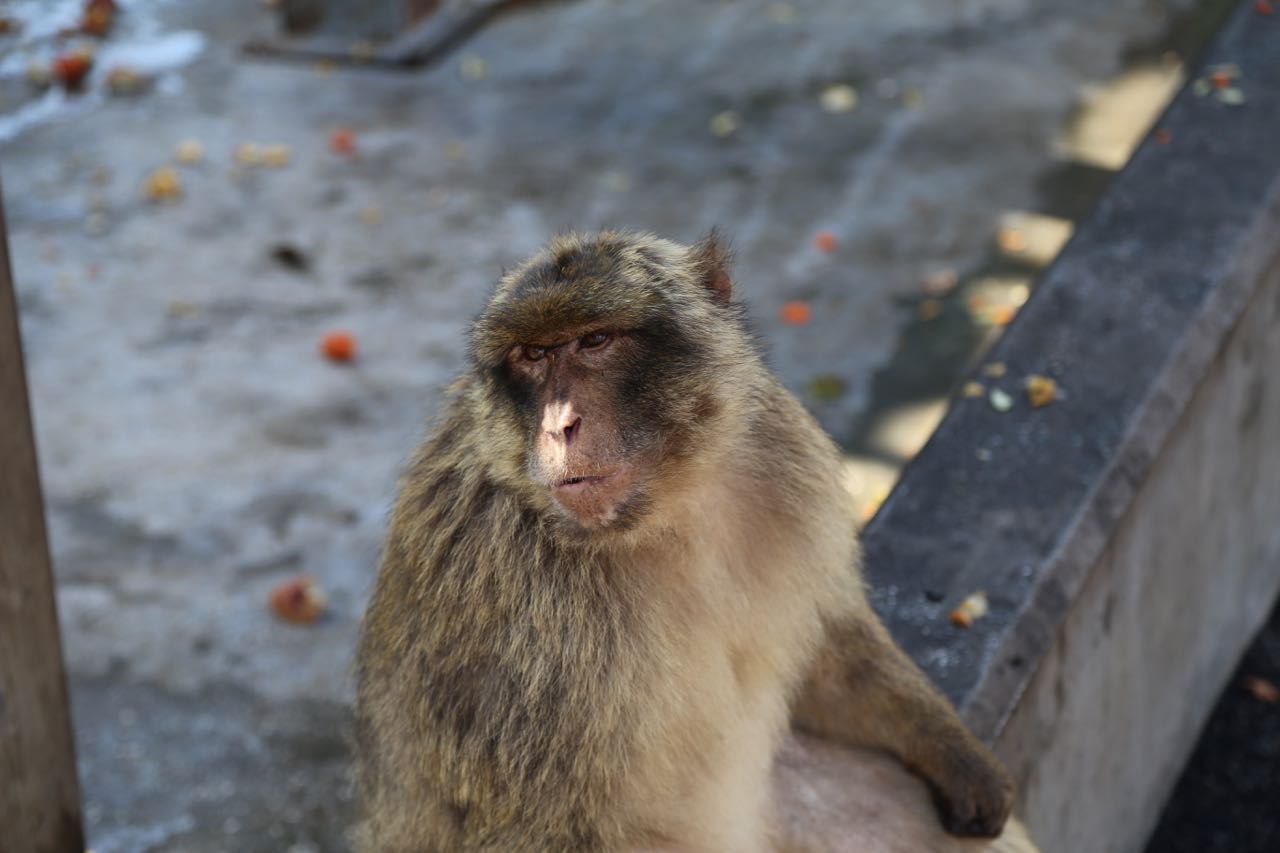 friends, bunker diesel, water and food. We enjoy wonderful days and started to wait for a weather window across to Madeira. Madeira is 630 nm from Gibraltar and in mid september it is starting to gust on the Atlantic. On top of this, it was the longest double-handed crossing we had ever engaged into, so we both wanted it to be a succes.
friends, bunker diesel, water and food. We enjoy wonderful days and started to wait for a weather window across to Madeira. Madeira is 630 nm from Gibraltar and in mid september it is starting to gust on the Atlantic. On top of this, it was the longest double-handed crossing we had ever engaged into, so we both wanted it to be a succes.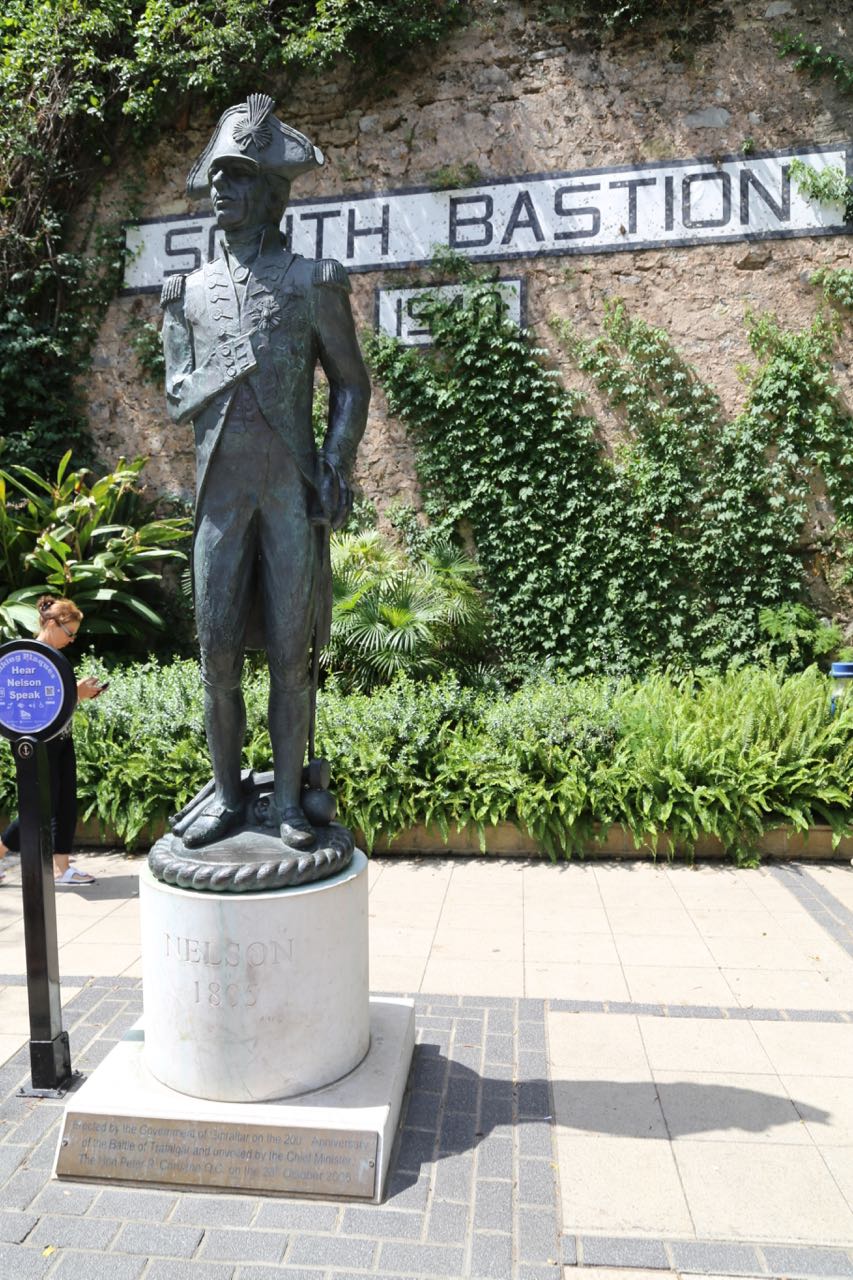
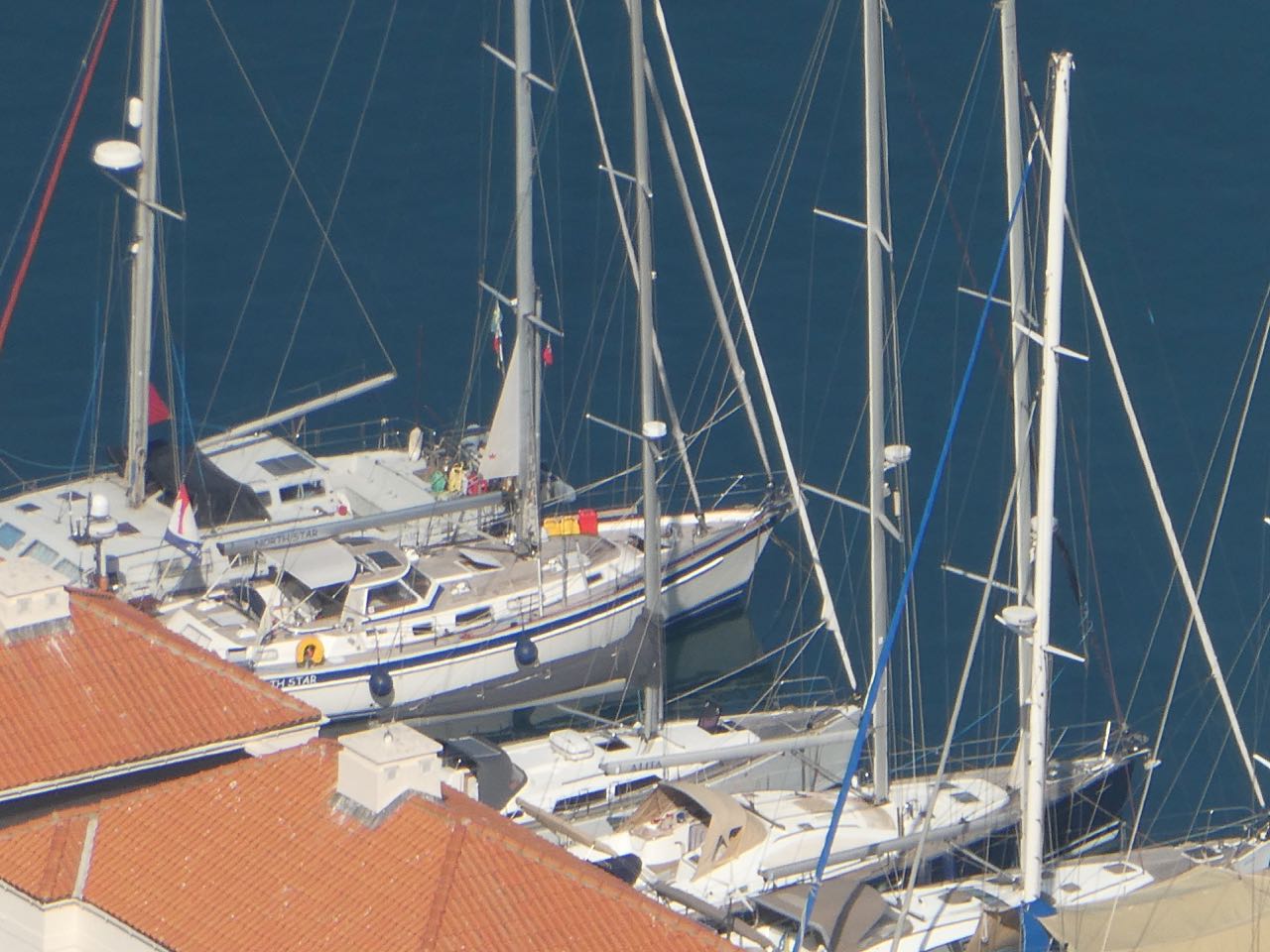
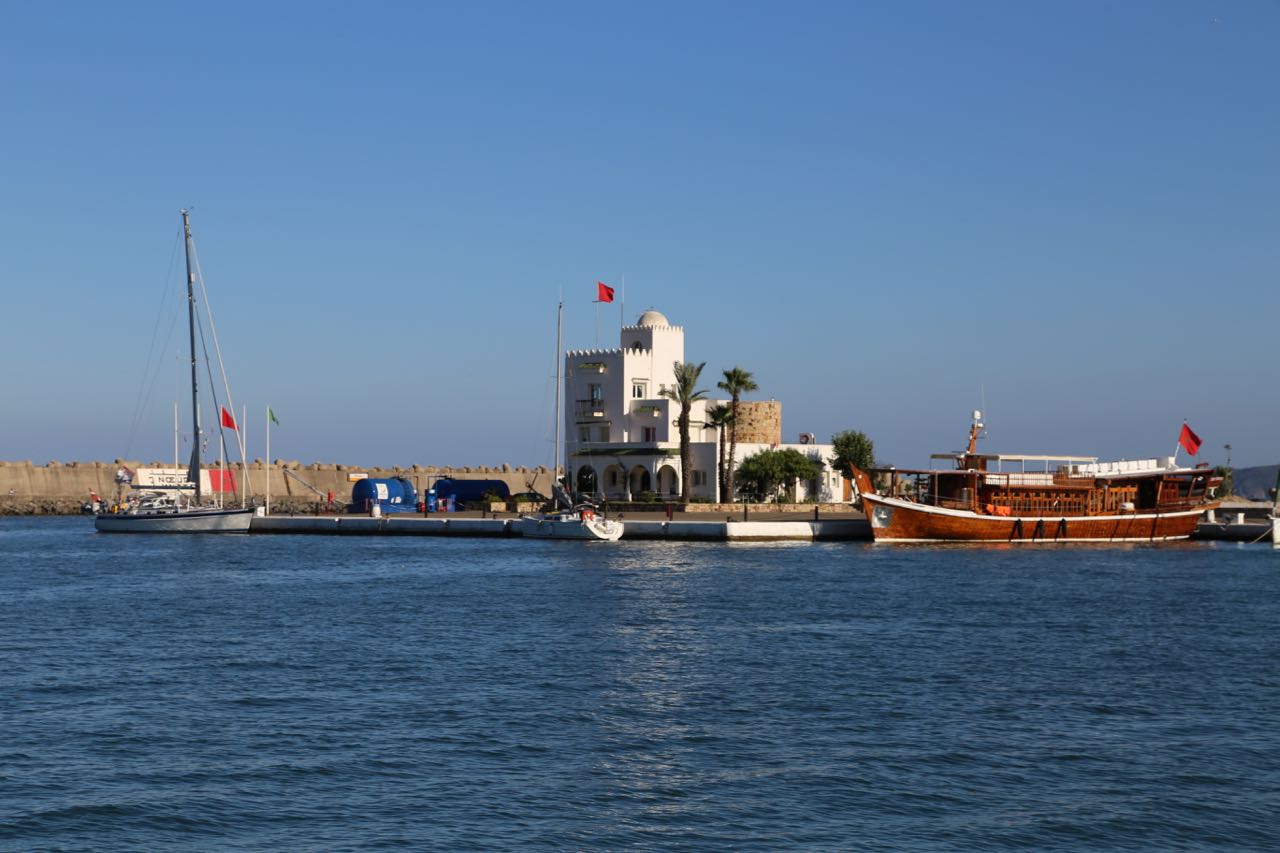

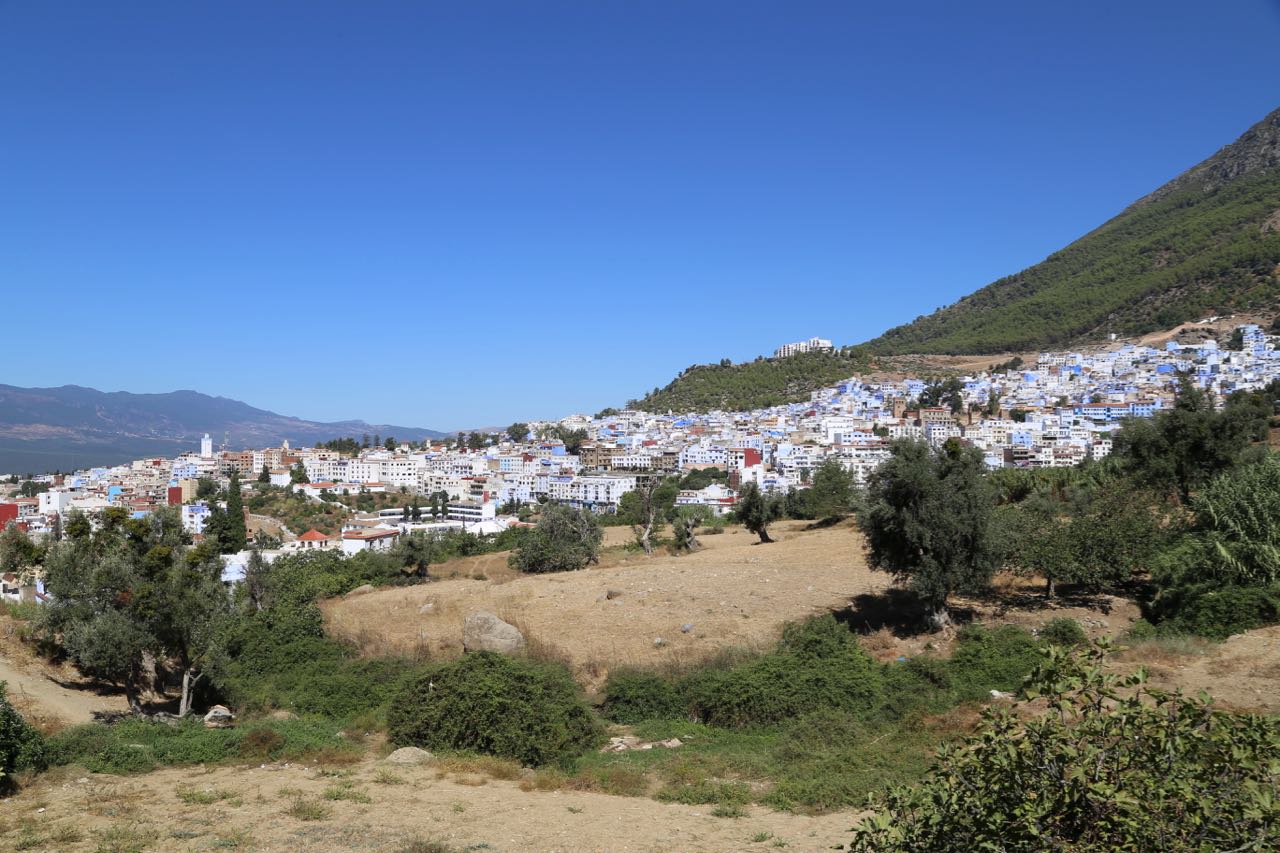


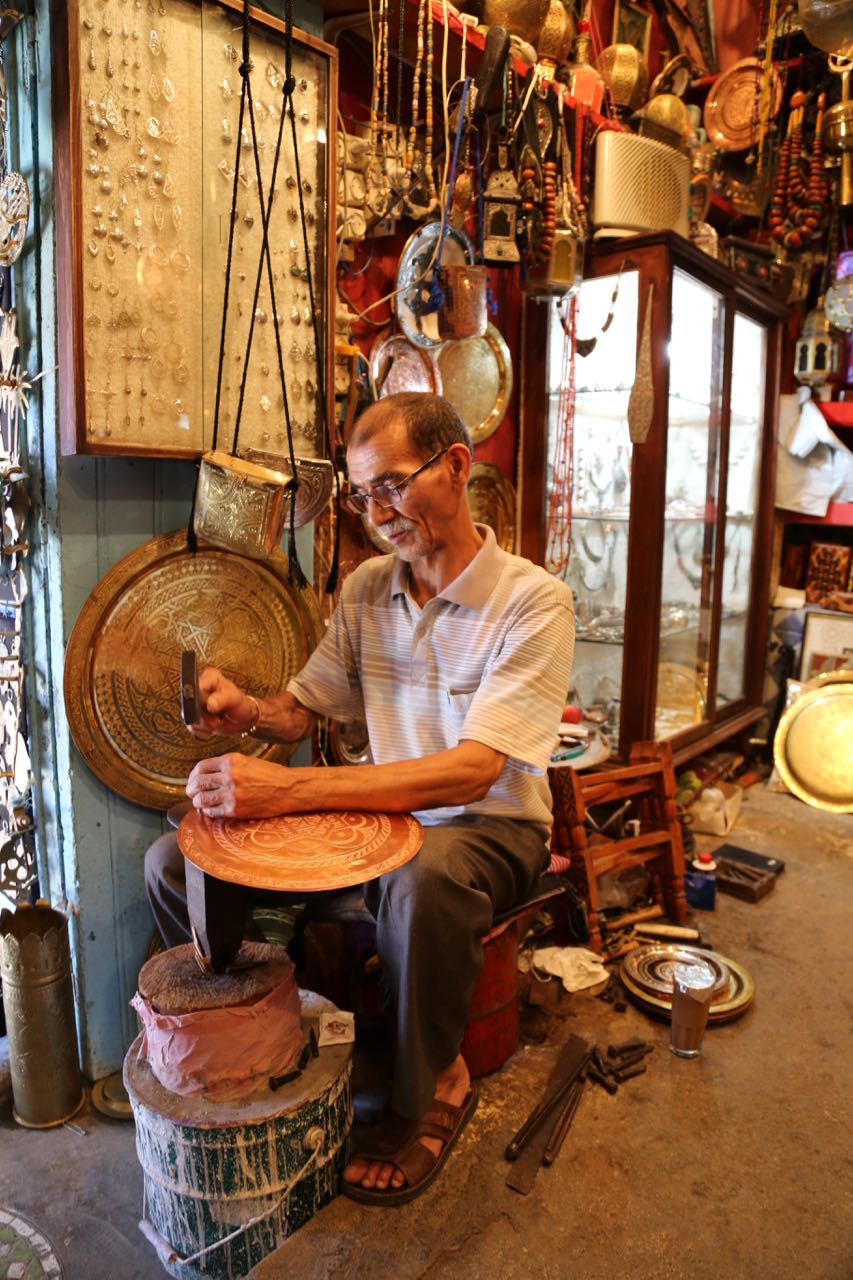
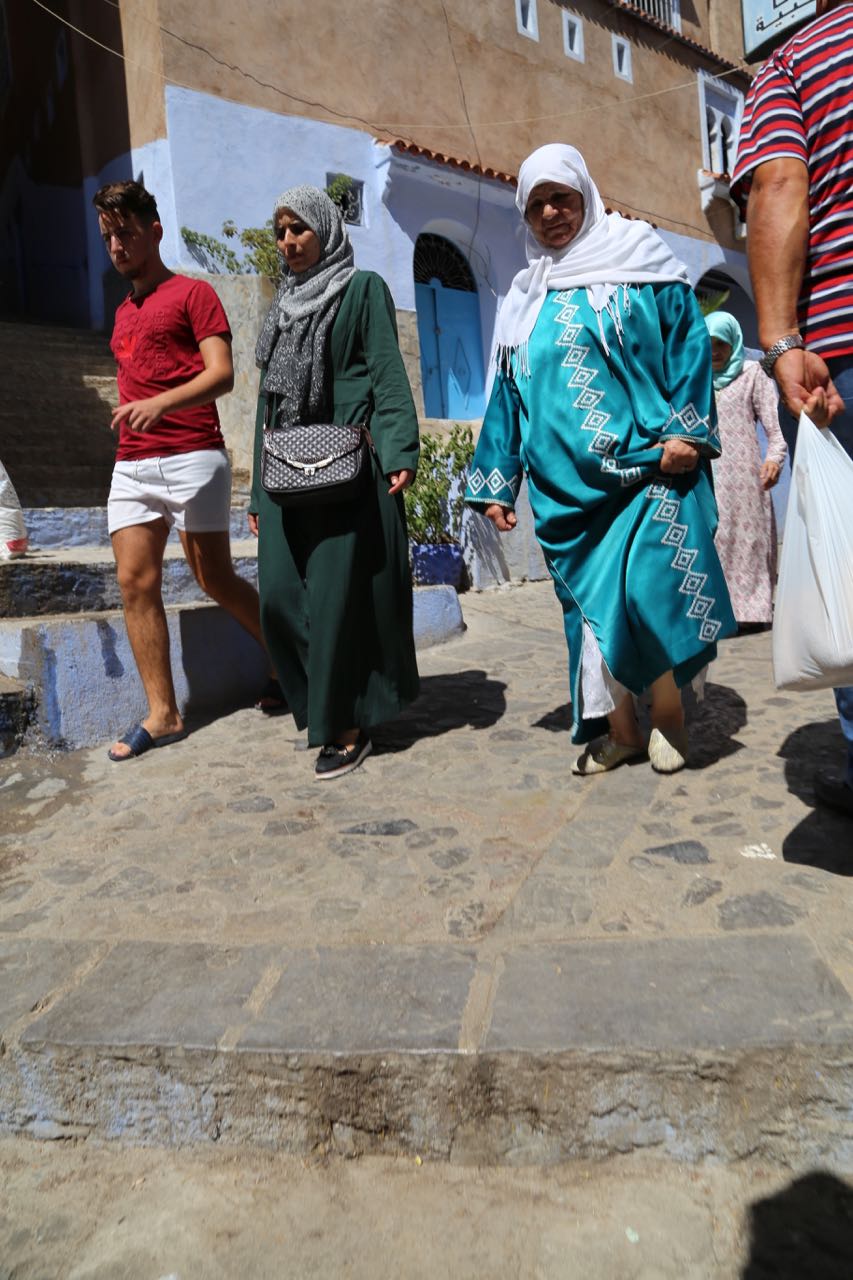




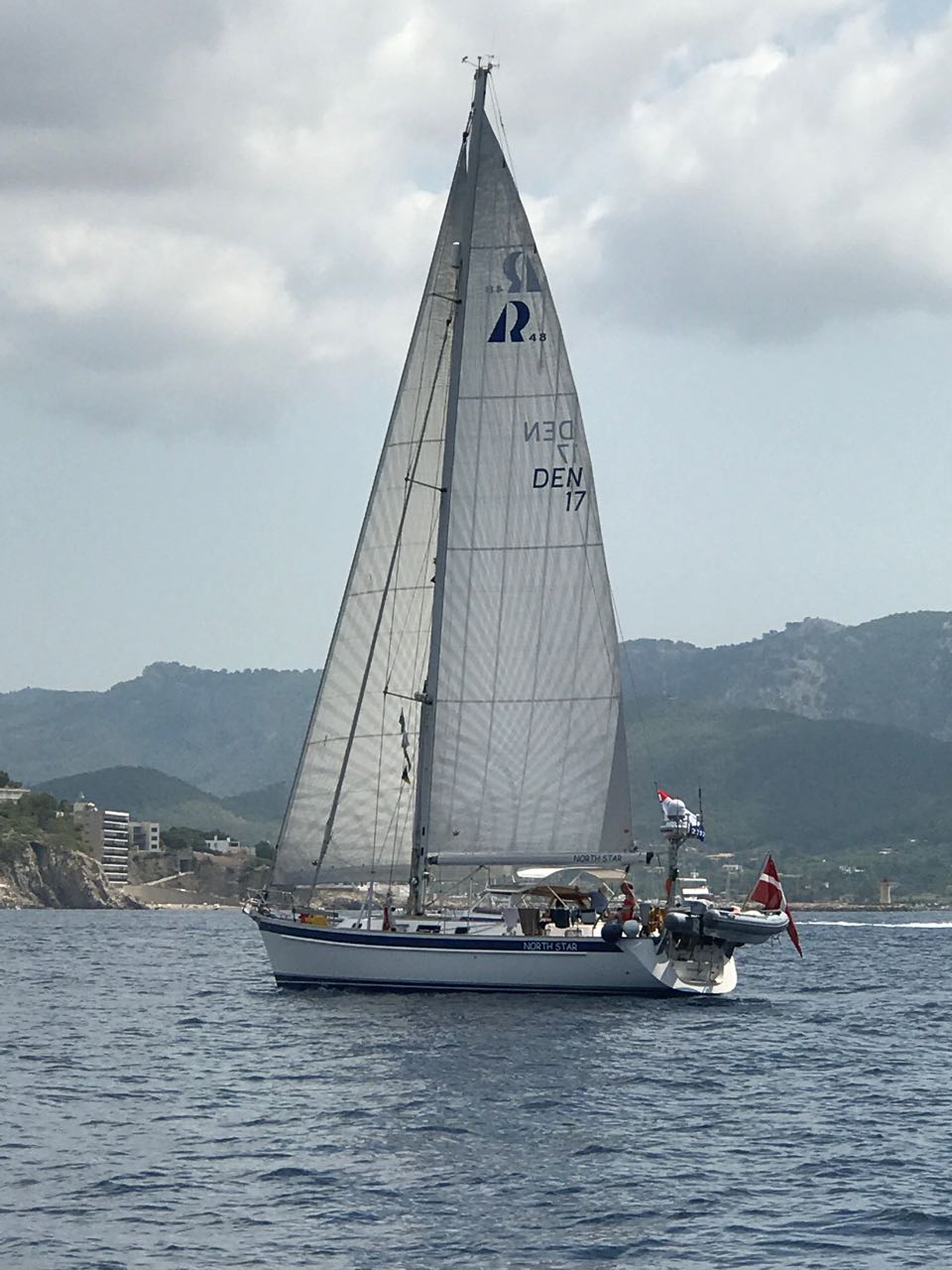 courses with the same dream and some of them becomes new friends. We are slowly being accepted into this micro cosmos of sailors sharing the dream.
courses with the same dream and some of them becomes new friends. We are slowly being accepted into this micro cosmos of sailors sharing the dream.
 Late june we left Torrevieja, with a shorter todo list, a shinny ship and high spirits. Finally we were on the move and the course was set towards the Balearic Islands – the stone throwers islands !!!. We visited Formentera for a few days, which is a nice place with great anchorages, but the island is quit touristic. Then we travelled to Ibiza, where we anchored out in a wonderful bay and enjoyed an evening with great food, sunset and cool drinks. We realised that here big boats are really big, as the sailboat next to us was 95 feet-nearly double our 50 feet….The Captain was not happy!
Late june we left Torrevieja, with a shorter todo list, a shinny ship and high spirits. Finally we were on the move and the course was set towards the Balearic Islands – the stone throwers islands !!!. We visited Formentera for a few days, which is a nice place with great anchorages, but the island is quit touristic. Then we travelled to Ibiza, where we anchored out in a wonderful bay and enjoyed an evening with great food, sunset and cool drinks. We realised that here big boats are really big, as the sailboat next to us was 95 feet-nearly double our 50 feet….The Captain was not happy!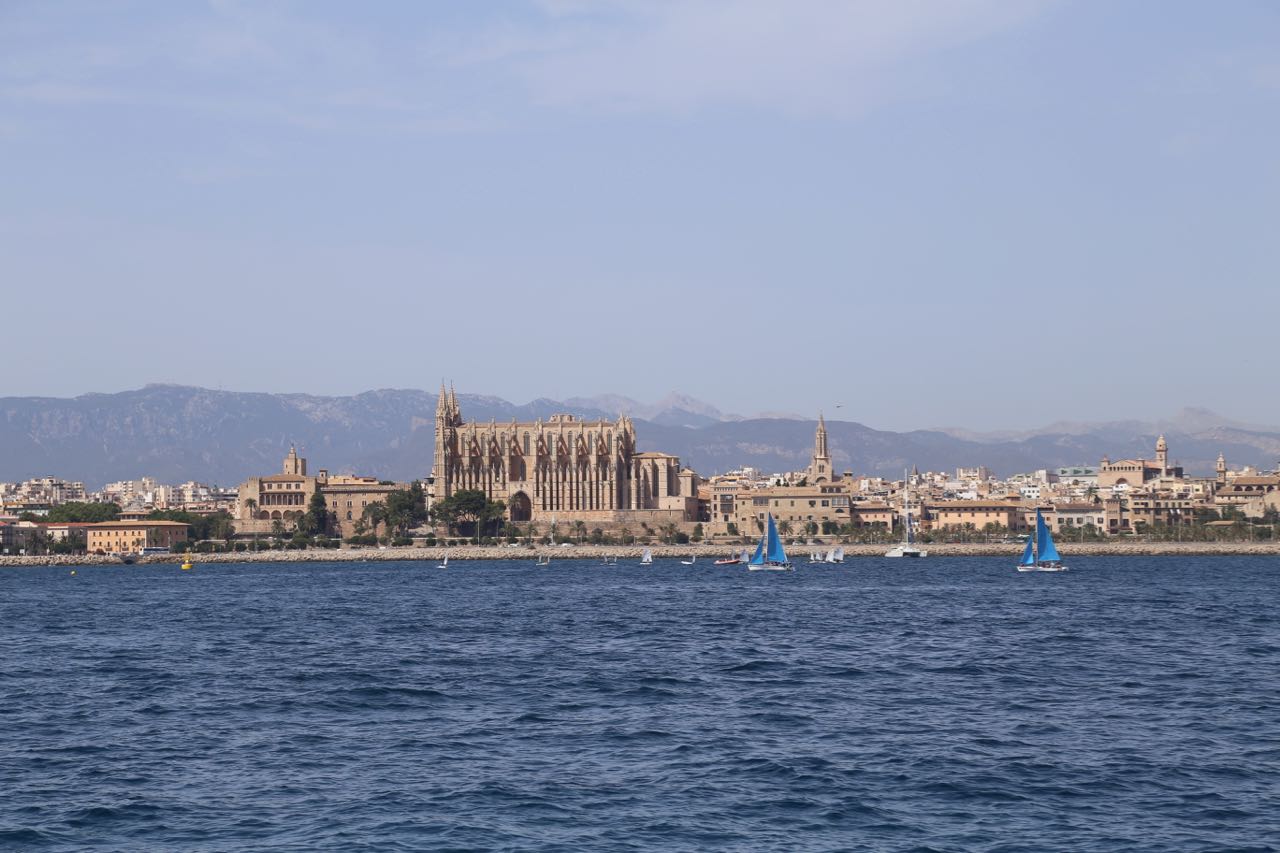 Next stop was Palma de Mallorca to meet our daughters and we arrived on the 8 th of July and was met by the next wave of friendly people, which would help us to shorten “The List”. Unfortunately the rigging check discovered a faulty swivel in top of our mast and two hydraulics hoses needed to be replaced – and that took care of most of that week. But soon our long awaited daughters started to arrive – first Alex, and then three days later Michaela.
Next stop was Palma de Mallorca to meet our daughters and we arrived on the 8 th of July and was met by the next wave of friendly people, which would help us to shorten “The List”. Unfortunately the rigging check discovered a faulty swivel in top of our mast and two hydraulics hoses needed to be replaced – and that took care of most of that week. But soon our long awaited daughters started to arrive – first Alex, and then three days later Michaela.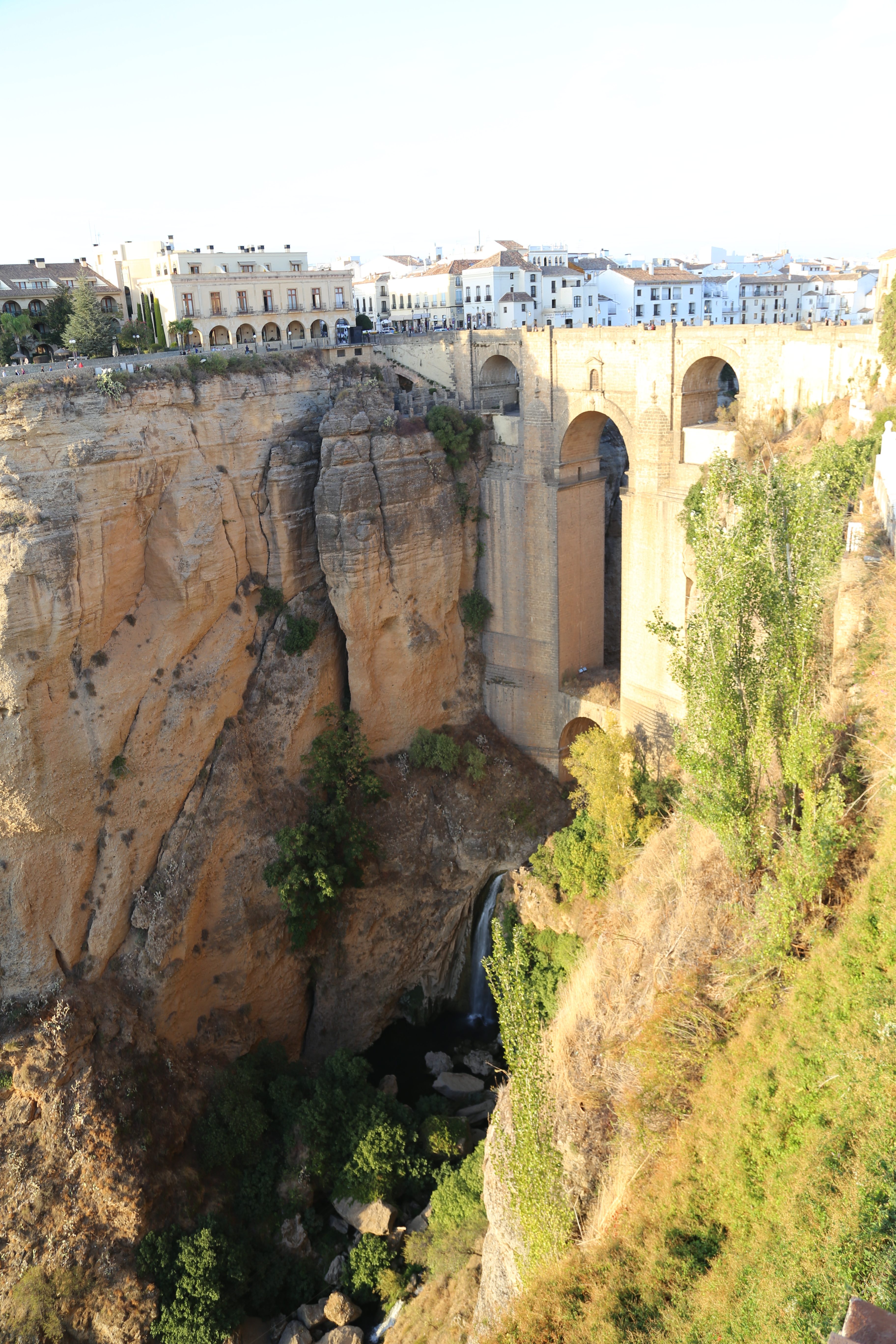

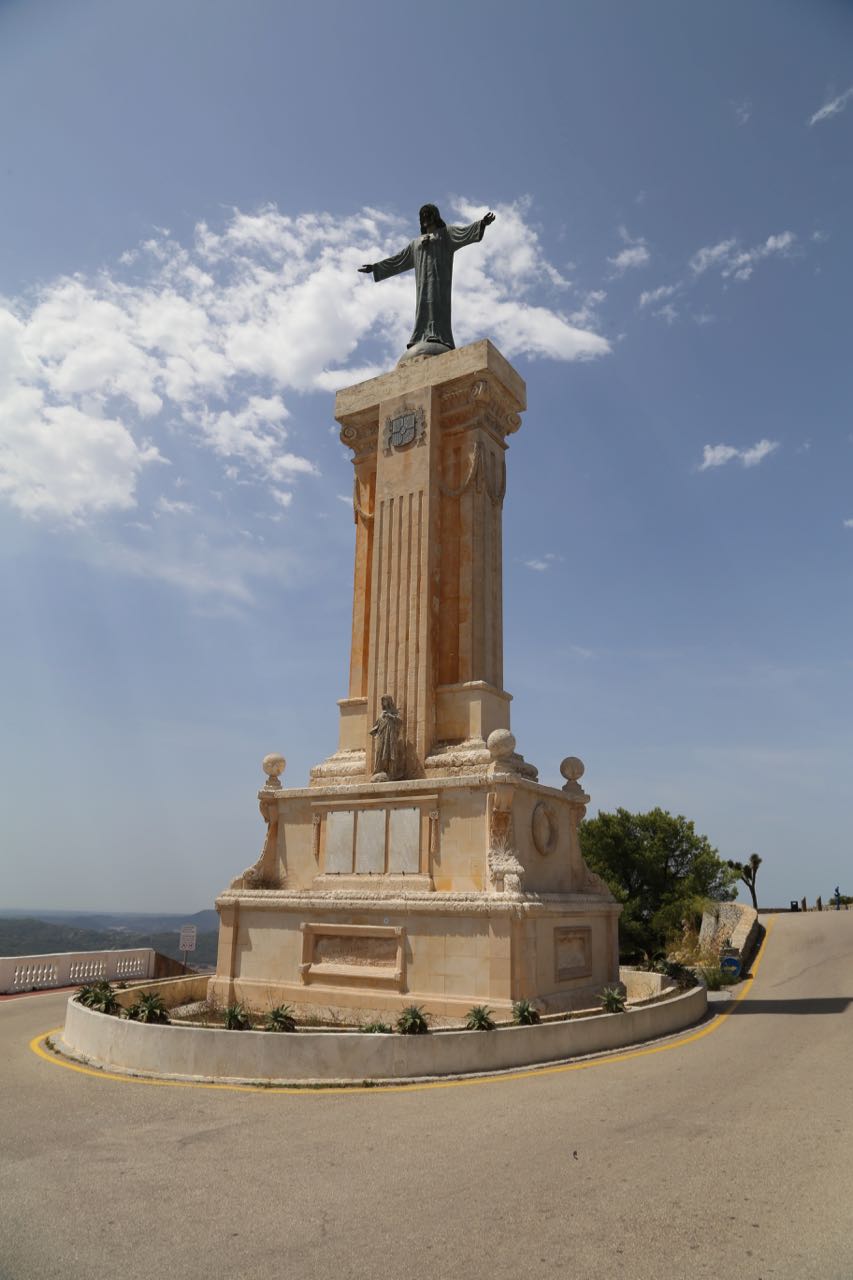 Soon our time was up and we moved on to Menorca. A wonderful island, which is much less touristic than Mallorca. The island is beautiful with many great bays on the North and south side for anchoring and swimming and their are two very interesting towns. Cinderella was the first capital and the oldest town, with a well protected marina and picturesque old town. There is also a well protected anchorage in front of the entrance to the marina. Mahon on the far east side is the current capital and is the one with the greatest strategic importance, mostly established by the Spanish and the British. It also has the greatest natural harbour in Europa, according to the guidebook, which offer great protection to a sailor. We only spend 6 days on the island, until the weather forecast forced us to seek refugee in the bay at Portocolomn on Mallorca, as Marie should travel home for a visit and we did not want to risk here departure.
Soon our time was up and we moved on to Menorca. A wonderful island, which is much less touristic than Mallorca. The island is beautiful with many great bays on the North and south side for anchoring and swimming and their are two very interesting towns. Cinderella was the first capital and the oldest town, with a well protected marina and picturesque old town. There is also a well protected anchorage in front of the entrance to the marina. Mahon on the far east side is the current capital and is the one with the greatest strategic importance, mostly established by the Spanish and the British. It also has the greatest natural harbour in Europa, according to the guidebook, which offer great protection to a sailor. We only spend 6 days on the island, until the weather forecast forced us to seek refugee in the bay at Portocolomn on Mallorca, as Marie should travel home for a visit and we did not want to risk here departure.